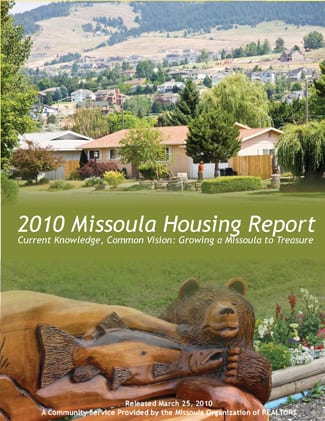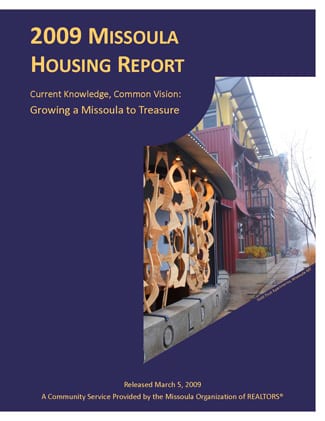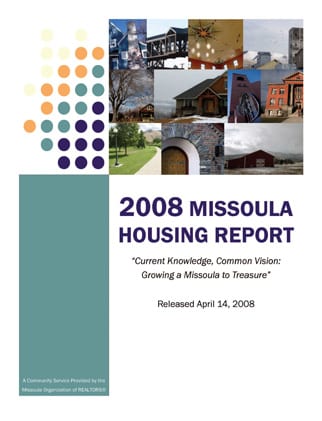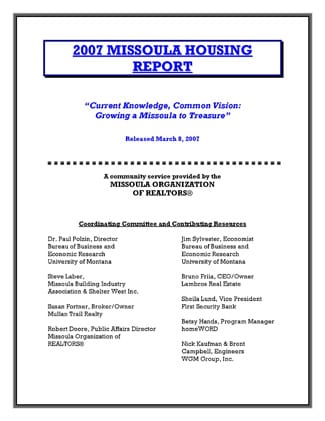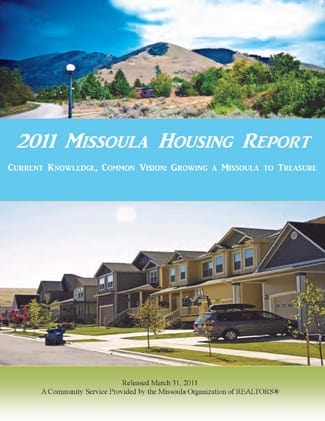 The housing downturn of the past several years may qualify as one of the most confounding economic events in US history. It seems that most forecasts issued by economists and housing ex-perts proved wrong.The housing downturn of the past several years may qualify as one of the most confounding economic events in US history. It seems that most forecasts issued by economists and housing experts proved wrong.
The housing downturn of the past several years may qualify as one of the most confounding economic events in US history. It seems that most forecasts issued by economists and housing ex-perts proved wrong.The housing downturn of the past several years may qualify as one of the most confounding economic events in US history. It seems that most forecasts issued by economists and housing experts proved wrong.
Events of 2010 illustrate the string of mistakes:
As 2010 dawned, expert consensus held that the year would be one of increased home sales in the US, with median price holding or possibly increasing. Result: fewer home sales and lower median price.
At the year’s outset, expert consensus held that mortgage rates would stay level or increase. Result: Mortgage rates went lower through most of the year, before trending up at year end.
In last year’s report, we cited a prediction by the National Association of Home Builders’ senior economist that new home sales in 2010 would increase by 25% over their 2009 total. Result: new home sales dropped by 14%.
At the local level, our outlook in last year’s Housing Report fared only a little better than the national experts’ fore-casting. We observed, for example, that home prices, except at the top-most ranges, appear to have bottomed. Result: median home price once again declined.
So we approach this year’s Conclusion and Outlook with perhaps more caution than in the past.
Nonetheless, we again will assert our belief that housing prices in the Missoula market have bottomed or, more precisely, that they will have bottomed by year-end 2011. Also, with somewhat more confidence, we believe our market will experience a gain in the number of existing home sales – with the important caveat that our greater confidence stems in part from anticipating a greater number of foreclosure and short sales.
Mortgage rates can with somewhat more confidence be predicted to increase in 2011, resulting from a number of trends that include an uptick in the US inflation rate, stricter mortgage loan standards, and increased costs of meeting the regulatory require-ments of recently enacted legislation, such as the Dodd-Frank Act and the Real Estate Settlement Procedures Act.
If we do experience this 1-2-3 punch in 2011, median sales prices would be very unlikely to increase, and rather more likely decline for the fourth year in a row.
Nationally, further price declines are forecast by many expert observers, some of whom have shifted in the first months of 2011 from seeing a housing market poised for a recovery to forecasting a renewed downward drift. This looks like a double-dip [in hous-ing] is pretty much on the way, if not already here, according to Standard & Poor’s executive David Blitzer. Joining the chorus, Wells Fargo & Co. projects home prices will drop 8% in 2011’s first half, consistent with other analysts’ expectations that home prices will decline 5% to 10% by mid-year or late summer.
Such a decline, were it to occur, would contribute to affordability gains, as it has for the past three years. However, affordability is threatened by a February 2011 report by the Obama administra-tion on redesigning the government’s role in housing finance. Each of three alternative ideas for dissolving Fannie Mae and Freddie Mac would raise the cost of mortgage loans and push homeownership beyond the reach of some families.
As for rents, affordability gains in 2011 are also unlikely in our local market. The real estate market in Montana typically lags that of the US by about a year, and nationwide rents spiked significantly in 2010, owing mostly to additional demand by 1) former home-owners who were foreclosed or who walked away from underwater mortgages and 2) would-be homeowners who can’t meet the stricter standards of today’s mortgage loans.
A ray of hope in local rent affordability is offered by the significant 2010 increase in multi-family building permits issued. It’s unlikely, though, that apartments will be constructed and offered at a pace that will boost supply enough to measurably reduce rental costs in 2011.
The national affordability outlook in State of the Nation’s Housing for 2010 is equally unenthusiastic, noting that, with federal budget deficits looming, the resources necessary to make a noticeable dent in the nation’s widespread housing affordability problems are unlikely to appear anytime soon.
Given this cavalcade of dreary assessments for 2011, it wouldn’t be unreasonable to hope that expert consensus will be just as consistently incorrect now as it was in last year’s forecasts.
But we do have at least a little substance, not just hope, on which to pin our prospects for the near future. For example, US demographics in the next decade or so will powerfully increase housing demand. The baby boom generation is reaching senior and retired and empty-nest status by some ten thousand every day, strengthening demand for senior housing.
Meanwhile, the generation of boomer offspring – the echo boom – is even larger than the baby boom contingent and will create a strong demand for housing for at least the next 15 years.
Locally, the climate for growth has improved significantly, according to Pat Barkey, an economist and director of the University of Montana’s Bureau of Business and Economic Research. Two years have elapsed since the recession’s lowest point, and families and businesses are starting to adjust, and both are now positioned to spend more.
In our local community, we have other conditions working in our favor. For the most part, we continue to have escaped the full extent of harmful impacts of the housing downturn experienced across the country. We also enjoy a diverse econ-omy, ranging from a renowned university to natural resources production to nearby scenic attractions that draw national and international travelers. And we are a historically resilient population that bands together more tightly when adversity strikes. These qualities will prove decisive in overcoming today’s unprecedented challenges.
